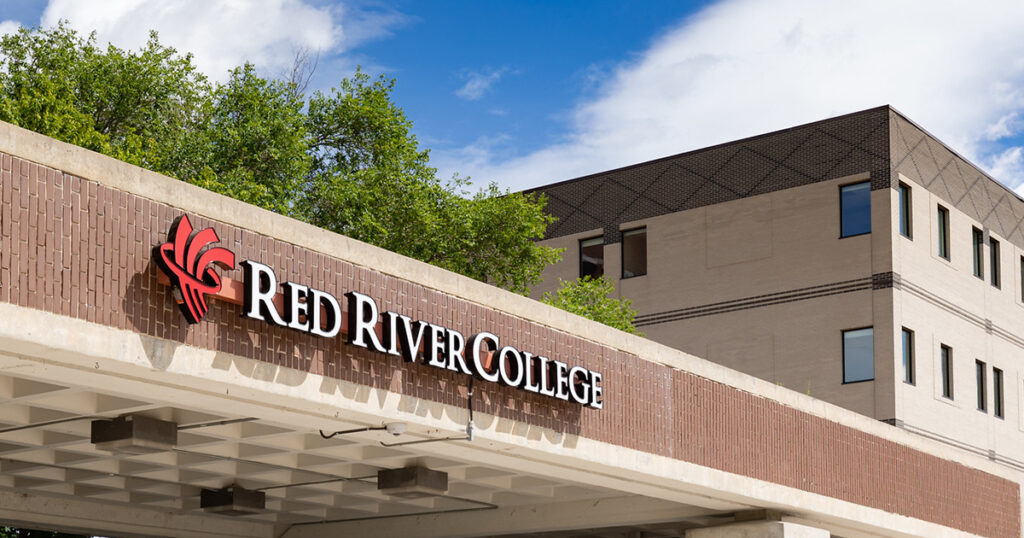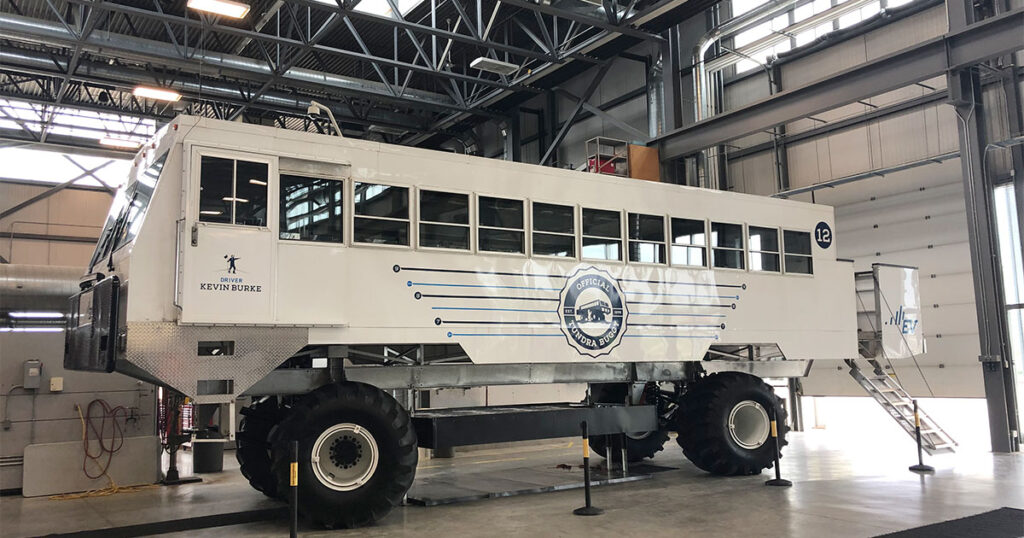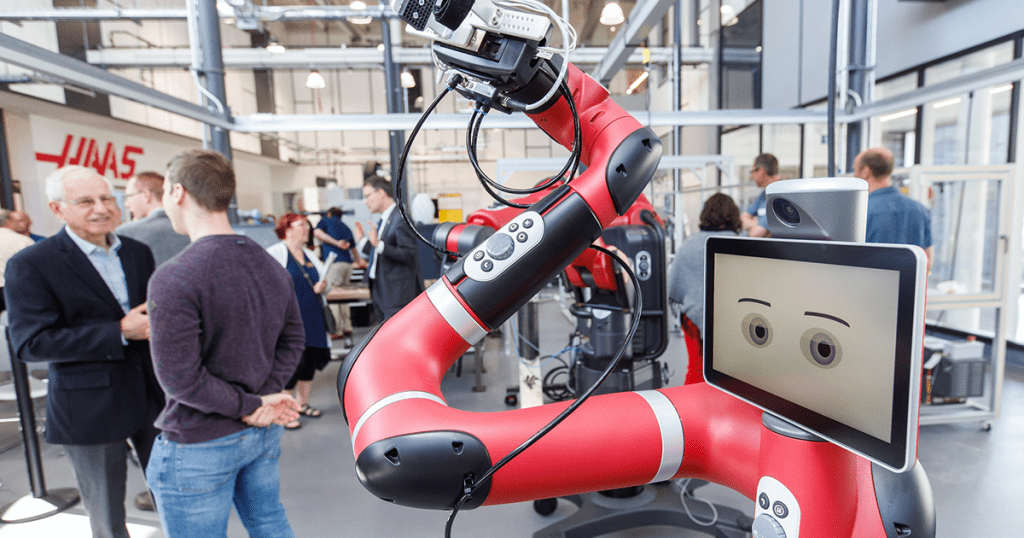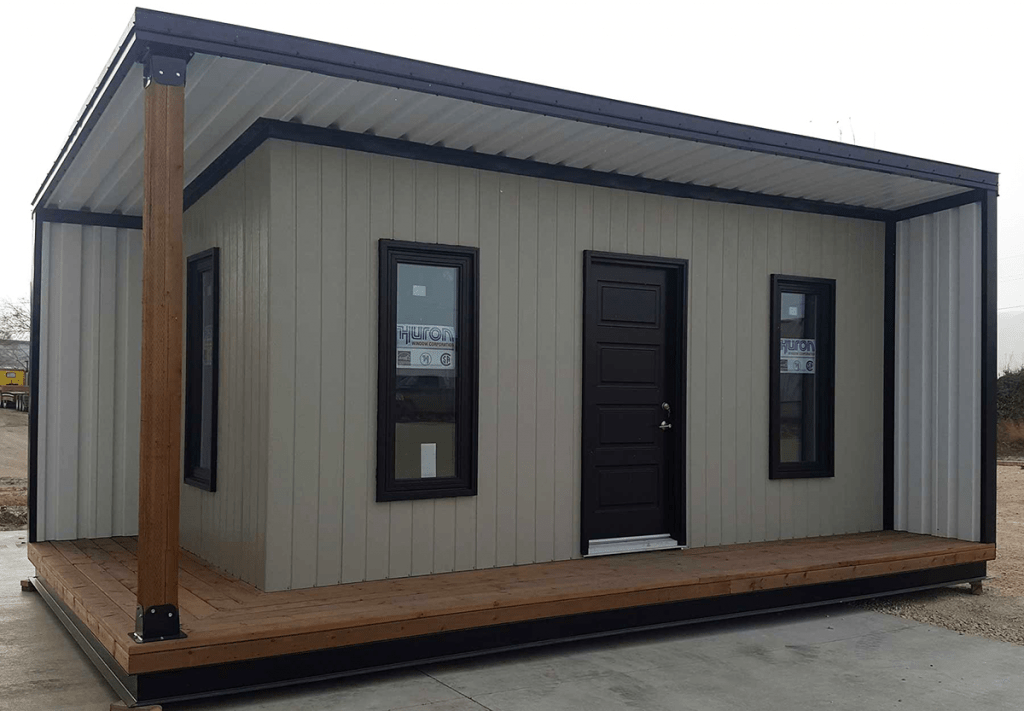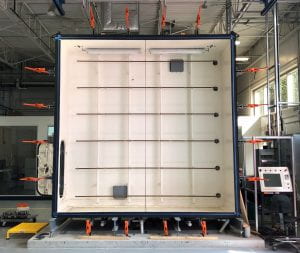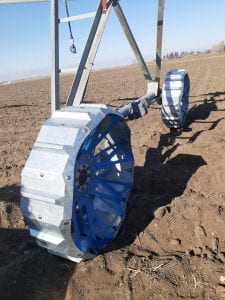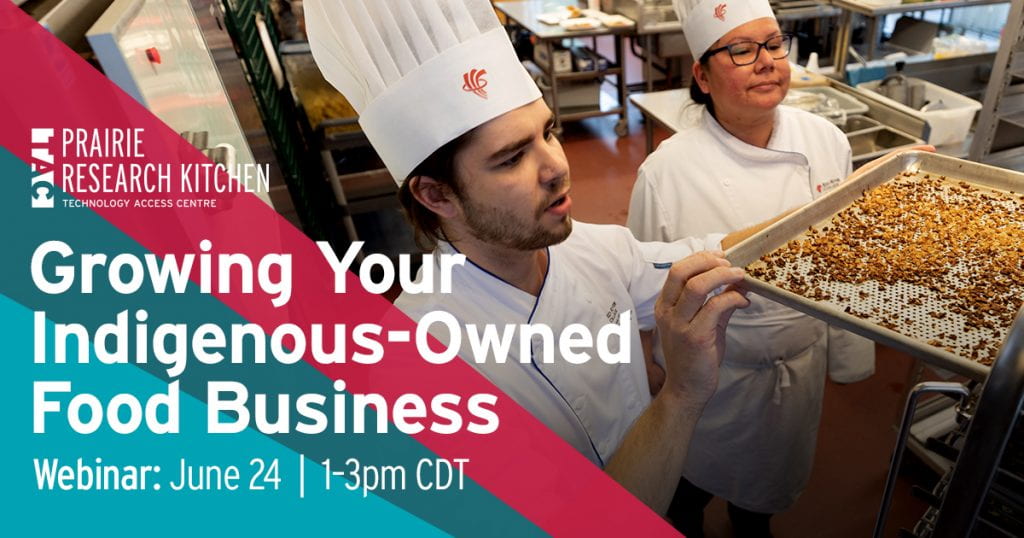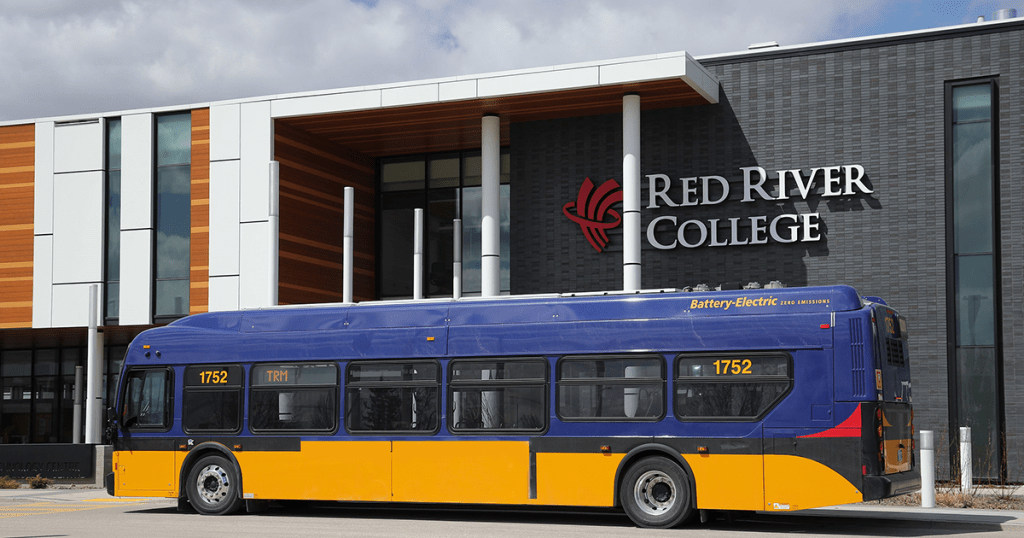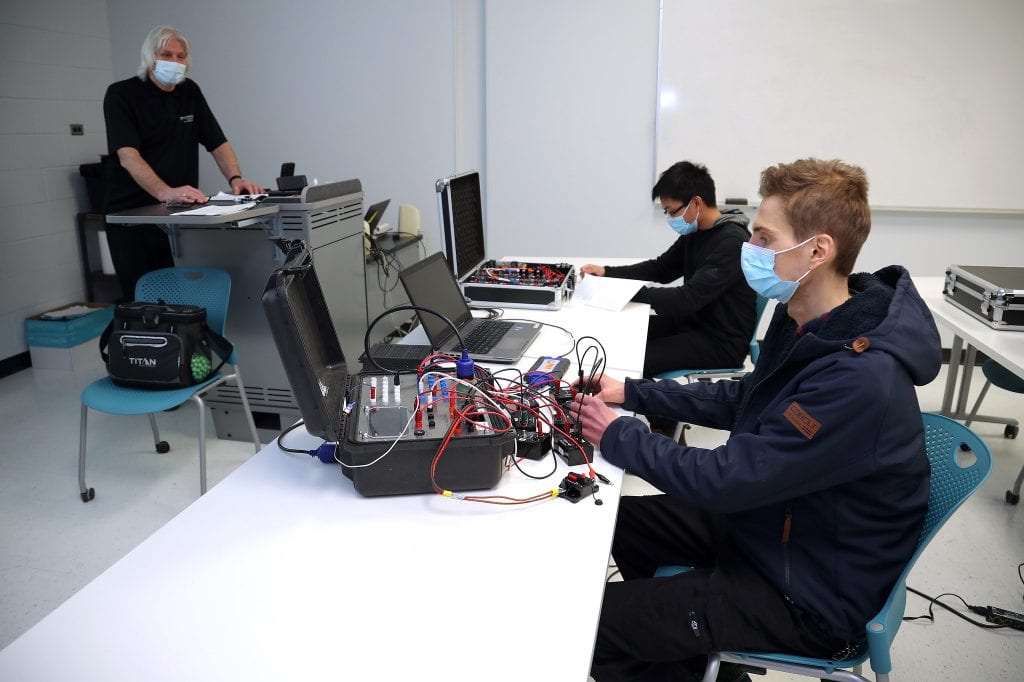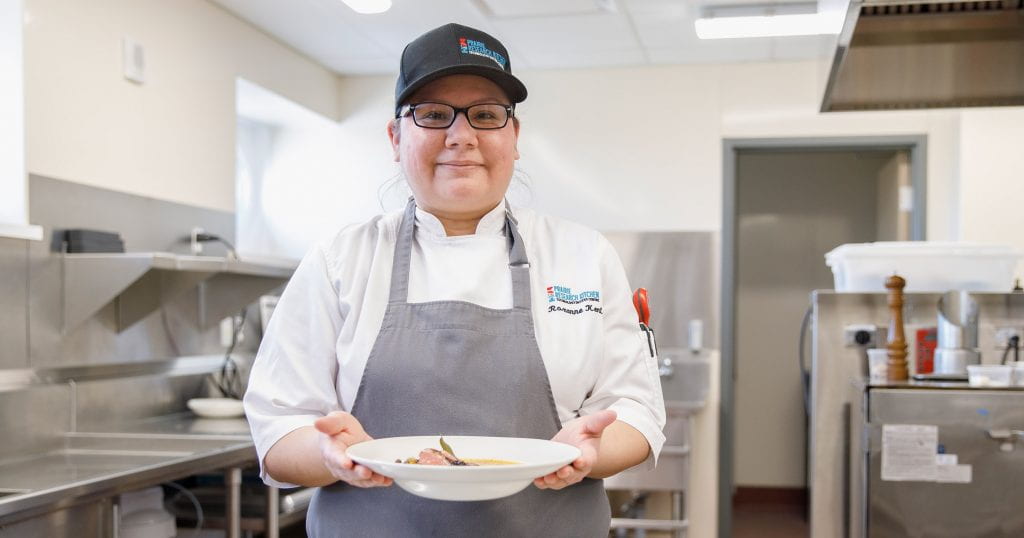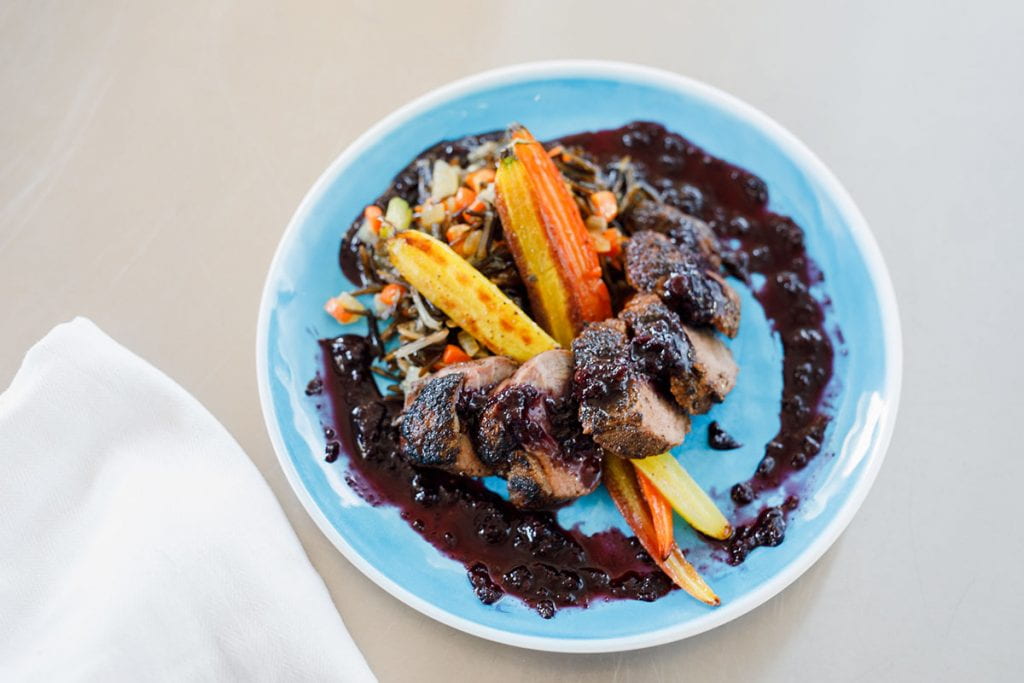Jojo Delos Reyes elected to the Canadian Hydrogen and Fuel Cell Association board
Congratulations to Jose (Jojo) Delos Reyes, Program Manager, Research Partnerships & Innovation (RPI) at Red River College on being elected to the Canadian Hydrogen and Fuel Cell Association 2021-22 board.

Delos Reyes has been part of the RPI group at the College for over a decade, and oversees applied research projects, specially focusing on the shift to electrification and alternative fuel sources.
Most recently, Delos Reyes oversaw the Vehicle Technology & Energy Centre’s (VTEC) involvement in the Electric Vehicle (EV) Tundra Buggy project, with Frontiers North Adventures, a leading tourism provider in Manitoba.
Delos Reyes also sits on the board for the Vehicle Technology Centre (VTCI), a non-profit organization that supports technological advancement within Manitoba’s heavy vehicle manufacturing industry.

